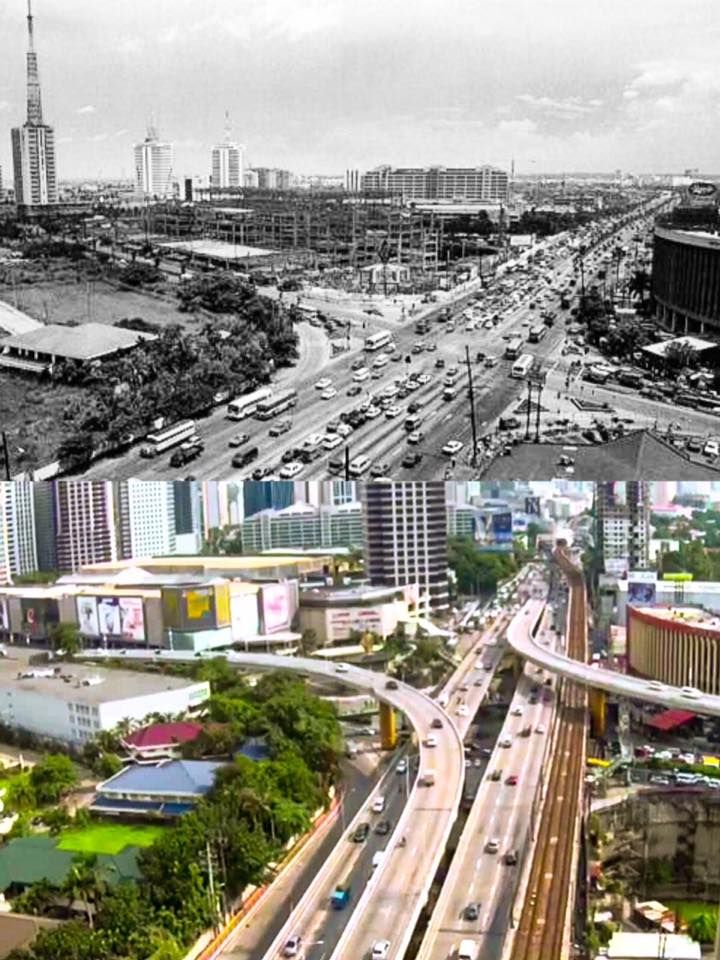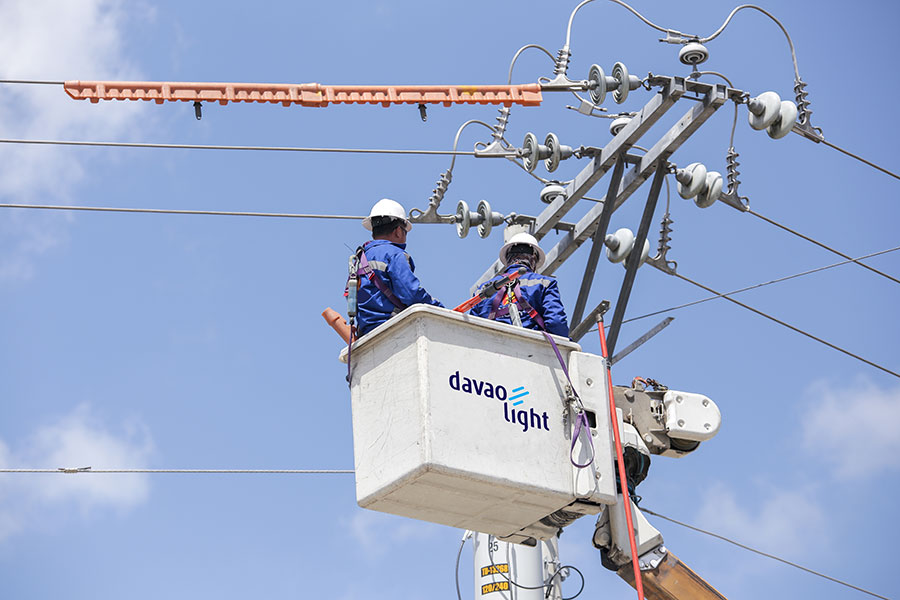Scrolling through old Facebook groups like Classic Pare® Titos and Titas of Manila leads to seeing photos like the one above. The top shows the junction between Epifanio de los Santos Avenue (EDSA) and Ortigas Avenue in the late 1980s, while the bottom is what it looks like today, now with flyovers, a mass rapid transit system, and a completed shopping mall.
In 1990, the Philippine population was just a little over 60 million. Today, the Philippine Statistics Authority projected that there will be around 114 million Filipinos. This growth has mostly been to the country’s advantage, giving it a demographic dividend (with a median age of 25 years) and sustaining the expansion of its economy as more people means more consumers and workers.
But on the other face of the coin, population growth has also increased the demand for more houses, buildings, and bigger, more complex cities. At the same time, the need for more goods and services; expanded and more diverse forms of transportation; and, hence, demand for electricity has also increased. EDSA, as a microcosm, is now traversed by more people and more cars than it was all those years ago, while also populated by more buildings and more billboards.
It is no secret that there are overwhelming challenges to addressing these increasing demands. High-quality jobs and a better education system must be established and sustained for people to be able to afford the increasing quality of life. Moreover, roads, ports, grids, and the digital infrastructure must be expanded, maintained, and updated. Then the question remains of where to get the electricity to power all the activity, especially as almost half of the country’s population live in cities. With today’s cities already consuming 75% of global primary energy, demand from the built environment and emerging technologies will only continue to collect and intensify.
It is quite hard to believe now that back in 1990, the entire country’s power consumption for the entire year was only 26 terrawatt-hours. Comparatively, in 2023 (the latest data), total consumption was already at 101 terrawatt-hours — multiplied by almost four times! Following the upward trajectory of electricity demand in the years to come — hitting over 400 terawatt-hours by 2050, as projected by the Philippine Energy Plan — one can start to appreciate the puzzle being solved by the electric power industry. Over the decades, the industry has added and added different forms of energy sources, trying to find the optimal mix fit for the respective time. Today, these challenges still abound.
How exactly will the industry fulfill the Philippine Energy Plan’s goal of a 50:50 renewables and nonrenewables share in the power mix by 2040, whilst hitting the moving target of energy security? How will the network of power generation, transmission and distribution of electricity — taken together, make up the largest machine in the country — be modernized and scaled up to meet today’s demand, as well as prepare for and create conducive signals to spur future ambitions?
EDSA is witness to many beginnings and transitions of past, present, and future. Through the good and the bad, to many, EDSA still represents hope. When viewing the energy sector and its transition, despite the challenges and the tradeoffs, it’s best to adopt a similar optimism for hope while also balancing it with some pragmatism as well. Because while a lot of the work is easier said than done, there is certainly a lot to look forward to, especially in the Philippine energy transition.
This article was written by Suiee Suarez, AboitizPower Vice President for Corporate Affairs.



